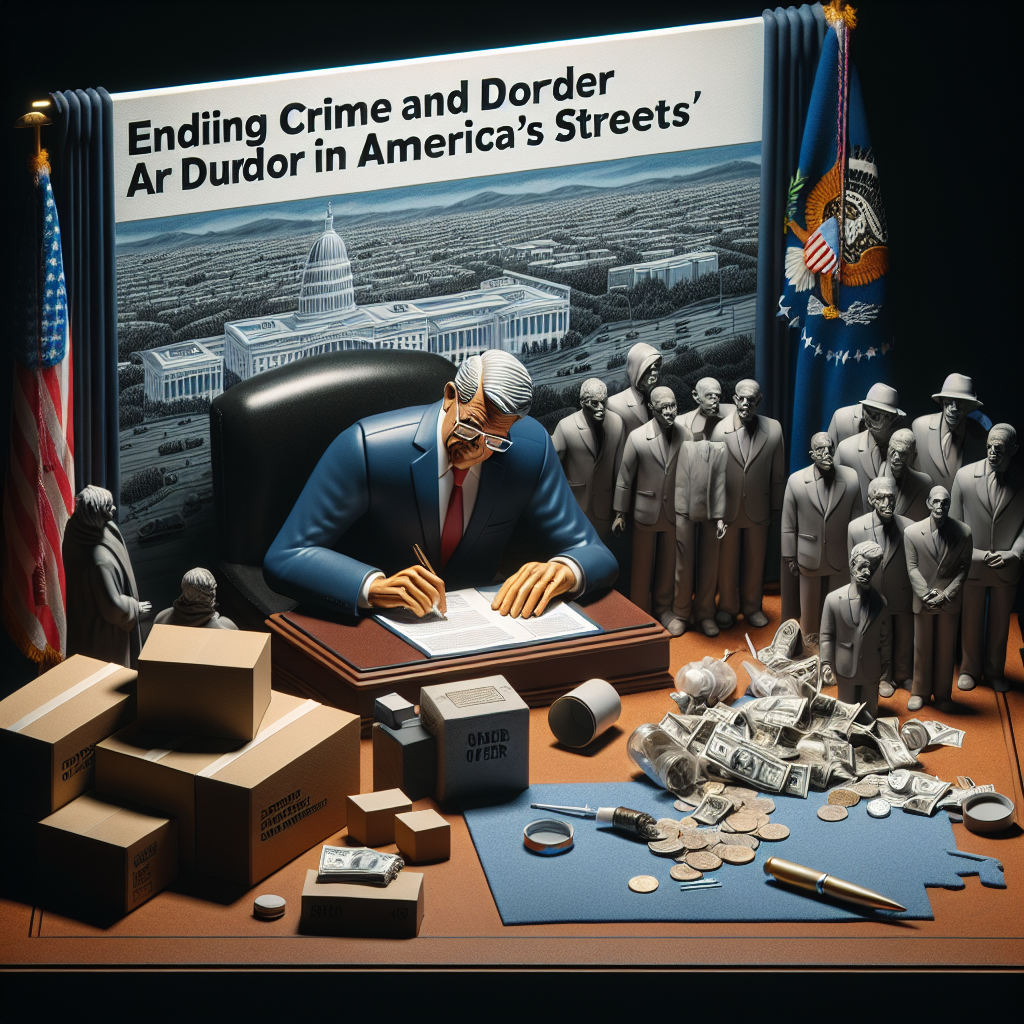On July 26, 2025, President Trump signed an executive order titled “Ending Crime and Disorder on America’s Streets,” aiming to address the issue of homelessness in the United States. The order reallocates federal resources from addressing homelessness to tackling drug abuse through rehabilitation and related projects.
The executive order highlights the visible presence of homelessness, disruptive behaviors, sudden conflicts, and violent attacks that have made our cities unsafe. During the previous administration, the number of individuals sleeping on the streets in the U.S. reached a historic high of 274,224 in one night. The majority of these individuals suffer from substance abuse or mental illness, or both. Nearly two-thirds of the homeless population reported regular use of hard drugs such as methamphetamine, cocaine, or opioids. Similarly, a significant proportion of the homeless population reported having mental health issues.
The federal and state governments have spent billions of dollars on unsuccessful projects that only address homelessness superficially without tackling its root causes, posing public safety threats to other citizens.
By properly utilizing civil commitments to transition the homeless to long-term institutional environments with humane treatment, public order will be restored. The government aims to protect public safety through new approaches.
The executive order calls for a change in the use of federal funds to ensure they are used to transfer affected homeless individuals to appropriate facilities for rehabilitation treatment. The exact amount of funding allocation is yet to be specified.
The order instructs the collaboration of the Secretaries of Health and Human Services, Housing and Urban Development, and Transportation to prioritize federal funding for states and cities that enforce bans on public drug use, urban camping, loitering, urban squatting, and tracking the location of sex offenders.
Attorney General Pam Bondi is directed to terminate consent decrees that limit the capacity of states and local governments to accommodate homeless individuals deemed “a risk to themselves or others,” ensuring their transfer to treatment centers.
The executive order also includes various initiatives to ensure funds are used to purchase drugs for prevention and recovery of substance abuse, rather than supporting drug injection sites or illegal drug use.
It strictly prohibits convicted offenders receiving homeless assistance from residing with children and supports new programs specifically designed to accommodate women and children who are homeless.
Currently, the number of homeless individuals on the streets in the United States continues to reach record highs.
White House Press Secretary Karoline Leavitt stated in a statement to The Epoch Times that President Trump is fulfilling his commitment to making America safe again and eliminating homelessness nationwide.
She emphasized that by clearing the streets of homeless criminals and redirecting resources to combat drug abuse, the Trump administration will ensure the safety of Americans in their communities and provide necessary assistance to those struggling with addiction or mental illness.
Trump’s order also criticizes drug programs that promote “harm reduction” or “safe consumption,” as they inadvertently encourage illegal drug use and its associated harms.
Last month, a Supreme Court ruling upheld a local ordinance banning public camping. The ordinance in Grants Pass, Oregon, prohibits outdoor camping by the homeless, with violators facing fines starting at $250 and potential incarceration for repeat offenses.
The National Homelessness Law Center condemned Trump’s executive order, deeming it counterproductive and highly dangerous. The center’s leader, Jesse Rabinowitz, argued that the safest communities are those with ample housing and resources, not those treating poverty or illness as criminal activities, enforcing unethical, ineffective, and illegal treatment. Redirecting taxpayer money away from those in need will only increase homelessness and make it harder for local communities to address the issue.
According to the Housing and Urban Development Department’s report in December 2024, there were a record 771,480 homeless individuals in the United States in 2024, marking an 18.1% increase from 2023, with approximately 650,000 homeless people recorded living in shelters, parks, or on the streets.
Many cities have been striving to build more affordable housing in recent years, while some communities have enforced stricter laws prohibiting tenting or camping in public areas.
In a campaign video in 2023, Trump stated, “We will utilize various tools, leverage, and power to get the homeless off our streets. We want to take care of them, but they must leave our streets.”
(Based on reports from The Epoch Times and USA Today)

